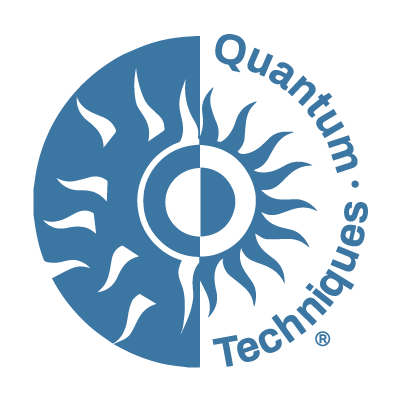Healing Alzheimer’s with Neuroplasticity (Part 4)
Hi. I’m JJ Curren. Today, I would like to continue with a series of talks about rapid healing of chronic issues with neuroplasticity, specifically with regards to Alzheimer’s disease. If you haven’t yet watched the first video in the series, I encourage you to do so as it explains the basics of neuroplasticity.
As I stated in that first video, your brain has to recognize that there is an issue in order to reroute brain function. Chronic Alzheimer’s problems are compounded by the fact that the brain does not recognize that there is a problem, which allows the brain to stay in the same state of mind it’s already in. Over the past few years, great strides have been made in the research of this disease. The producers of the acclaimed video series, Awakening from Alzheimer’s, have created a docu-series of video interviews from some of the top thought leaders in the field, called Regain your Brain. I encourage you to check it out. Some of the information I’m presenting today came from those interviews.
There are three, well really, three and a half types of Alzheimer’s. Type one is inflammatory and can result from foods such as trans-fats and too much sugar that actually causes the inflammation. It can also be caused by inflammation from having chronic pathogens like the herpes virus, Lyme disease or other tick-borne illnesses, specific fungi, mold or bacteria.
The next category we’ll call type 1.5 which is pre-diabetes, sugar related insulin resistance, caused again by inflammation and trophic withdrawal.
Type two Alzheimer’s, also known as a-trophic, is the withdrawal of trophic life-supplanting influences needed by your brain. Some of these include Vitamin D, testosterone, nerve growth factor, vitamin B12 and other nutrients. This causes the brain to defend itself and its present memories and structure, by not incorporating new memories.
Type three Alzheimer’s is exposure to specific toxins that leads the brain to make amyloid, which is a starch-like abnormal protein which binds to toxins. This includes chemical toxins like mercury, copper and bio-toxins like mold, and related mycotoxins. In fact, recent research on postmortem brain tissue has indicated high amounts of pathogens in the brains of Alzheimer’s patients.
Here at QT, we believe what the body can see, it can heal. We have exciting techniques to help the brain see the actual unhealed chronic problem and to then help reroute brain signals. At the core of our work is the identification of pathogens, heavy metals and food toxins, and the ability to show those to the body and identify adjustments in the diet to allow the body to be in an optimal healing state. So we show the body the issue and then ask the brain to reroute the signals so it can heal itself.
In future videos, we will discuss using neuroplasticity to help heal other chronic issues like Lyme disease, hypertension, gout and PTSD. If you have other topics you would like to cover, please email me at jj@quantumtechniques.com. If you want to learn about self-testing or schedule a session with a practitioner, please visit quantumtechniques.com. Thanks and have a blessed day!
About The Author
JJ Curren served for 36 years in the US Coast Guard as a Naval Engineer and first responder. As an experienced first responder in the Coast Guard, JJ has a first-hand perspective on the impact of trauma on health and how to help people heal.



